Imagine this: It’s a warm summer evening in Zurich, and I’m sitting with a small group of friends in the garden. The scent of freshly cut herbs fills the air – but mixed in with the lavender and basil, there’s something else. Someone opens a small jar with a golden-yellow extract, lets it shimmer slightly in the light, and says, “This is Live Resin.” I smiled at first and thought, “Live Resin? Sounds like something high-tech.” But what’s really behind it?
Maybe you’ve felt the same: you’ve heard about “Live Resin” but aren’t quite sure what it actually means – how it’s made, whether it’s worth it, and whether it fits your lifestyle as a health-conscious or experienced CBD user. In the world of CBD, there are many buzzwords, but Live Resin stands out – more aroma, more terpenes, more experience. And that’s exactly what we’re diving into today.
In this article, we’ll explore what Live Resin is, how it’s made, how it differs from other extracts, and what to look for when buying it – with real examples, simple explanations, and a focus on quality and transparency. 🌱
What Is Live Resin and How Does It Differ from Regular CBD?
If you’ve been exploring CBD products, you’ve probably come across the term “Live Resin.” In short, Live Resin is an extract made from freshly harvested (or immediately frozen) hemp plants – not from dried or cured material (Weedmaps, 2024).
I still remember my first Live Resin experience: it was lighter in color than I expected, with a delicate yet intense aroma – and I thought, “Wow, this feels so much closer to the plant.” That’s the key – the terpenes, the essential oils, remain largely preserved, whereas they often fade during drying (Klone Colorado, 2023).
Why does that matter? Because aroma and terpenes not only define the flavor experience but also shape the overall quality and character of the product. For health-conscious consumers or those seeking natural alternatives, Live Resin can be a fascinating option – as long as the process is clean, transparent, and well-controlled.
How Is Live Resin Made – and What Makes It So Special?
If you want to understand why Live Resin is considered unique, the secret lies in how it’s produced. The word “live” literally refers to “live-frozen” – the plant is frozen immediately after harvest to preserve volatile compounds like terpenes (Weedmaps, 2024).
The process begins with harvesting the plant at its optimal ripeness. Then comes flash-freezing, a rapid deep-cooling process to temperatures often below –20 °C (Lunatech Equipment, 2023). The next step is extraction using solvents such as butane or propane in a closed-loop system (Klone Colorado, 2023). Finally, the solvents are removed in a purge process before the product is packaged and quality-tested (THC Health, 2024).
I recently spoke with an extraction technician in Switzerland. He showed me his cold room filled with freshly chopped hemp – it looked more like a gourmet herb lab than a typical production facility. He told me, “If you don’t get this step perfect, you lose around 40 to 50 % of the terpenes – and then it’s no longer real Live Resin.”
It’s worth noting that this process is technically complex and more expensive. That’s why Live Resin typically costs more than standard extracts (Canna Drx, 2024).
Comparing Live Resin with Other Extracts – Quality, Feel, and Experience
If you’re already familiar with CBD products, you might be wondering, “Alright, but how exactly does it differ from rosin, hash, or distillate?” Let’s clear that up.
Live Resin vs. Live Rosin
While Live Resin is extracted with solvents, Live Rosin is made entirely without them – using only heat and pressure (Cryocure, 2024). If you’re looking for an even more natural process, rosin can be an alternative – but Live Resin remains the “aroma king.”
Live Resin vs. Hash / Distillate
Hash is typically made from dried plant material, while distillate focuses on isolated cannabinoids with few terpenes. Live Resin, on the other hand, captures the plant’s full terpene and aroma profile (Tribetokes, 2024).
Honestly, when we at Green Passion first tested our “Hash Collection” with different extracts, I could instantly tell the difference with Live Resin – the aroma, the mouthfeel, the entire experience. Sure, it costs a bit more, but when you can feel the quality, that choice often makes perfect sense.
Effects, Use, and Storage – Getting the Most Out of It
Now let’s look at how to use Live Resin properly – and how to maintain its quality.
Use
Live Resin is perfect for smoking or vaporizing. Vaporizers or dab rigs are especially popular – many of us prefer vaporizing in small groups to enjoy the full terpene flavor (Weedmaps, 2024). I remember a session with an experienced user: he added a drop of Live Resin onto a CBD flower – the aroma was so rich it felt like standing in an herb garden.
Storage
To preserve that freshness, proper storage is key: dark, cool, and airtight. Light, heat, and oxygen destroy terpenes faster than you’d think (THC Health, 2024). At Green Passion, we keep our samples in small dark jars in the fridge – we jokingly call it our “terpene vault.”
Who Is Live Resin For?
If you care about aroma, quality, and an authentic plant experience – whether you’re a cannabis enthusiast or a mindful consumer – Live Resin is a great choice. If you’re mainly price-focused, you might start with simpler extracts and upgrade later.
Quality, Safety, and Legal Aspects – What to Watch Out For
True quality starts with the source and ends with testing. As a brand built on transparency, responsibility, and integrity, we know that nothing beats control.
How to Identify Quality
Check for lab analyses (COAs) showing terpene and cannabinoid profiles. Look for solvent-free extraction, clear origin labeling, and ideally Swiss production. High-quality Live Resin is typically golden to amber in color with a semi-liquid texture (Potco Dispensary, 2024).
Safety
Extraction using solvents must be performed only by professionals in licensed facilities – DIY extraction is dangerous (Weedmaps, 2024).
Legal Situation in Switzerland
In Switzerland, CBD products must comply with specific THC limits. If you buy Live Resin legally, ensure the THC content is below the legal threshold and that lab reports are available. ⚠️ Uncertain: Legal classification may vary slightly by canton and product type.
Conclusion – Your Gateway to the World of Live Resin
Live Resin brings you closer to the plant – through aroma, terpenes, and craftsmanship. If you value quality, are willing to invest a bit more, and appreciate the subtle details, Live Resin is absolutely worth exploring.
👉 Curious? Discover our range of premium Live Resin products – lab-tested, transparent, and crafted for quality.
Stay mindful, enjoy responsibly, and experience the full potential of high-quality CBD extracts. 🌱
Sources (APA 7):
Canna Drx (2024). What is Live Resin? Retrieved from https://cannadrx.com
Cryocure (2024). Live Rosin Guide. Retrieved from https://cryocure.com
Klone Colorado (2023). Live Resin Production. Retrieved from https://klonecolorado.com
Lunatech Equipment (2023). Live Resin Extraction Methods. Retrieved from https://blog.lunatechequipment.com
Weedmaps (2024). Live Resin Dictionary Entry. Retrieved from https://weedmaps.com
THC Health (2024). Live Resin Overview. Retrieved from https://thchealth.com
Tribetokes (2024). Live Resin vs Other Extracts. Retrieved from https://tribetokes.com
Potco Dispensary (2024). Recognizing High-Quality Live Resin. Retrieved from https://potcodispensary.com
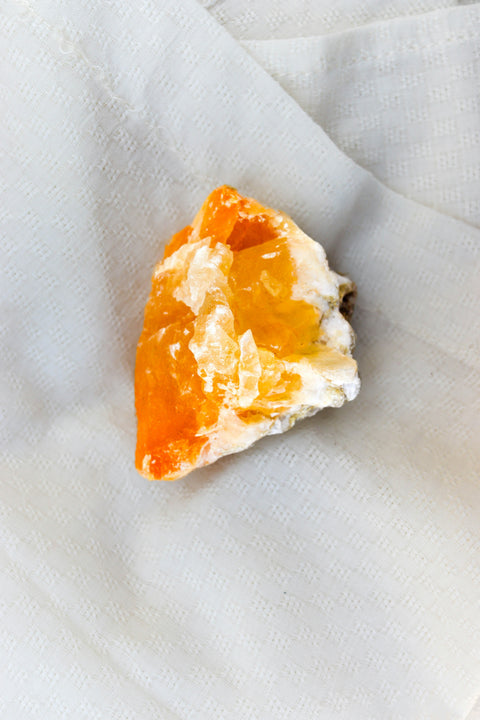
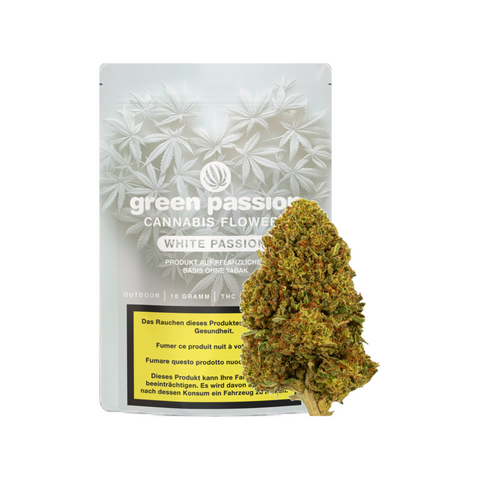
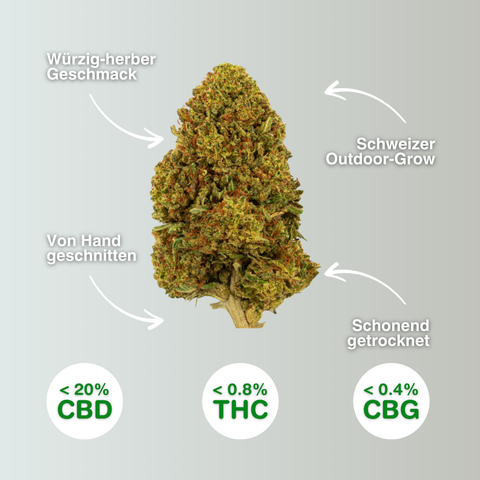
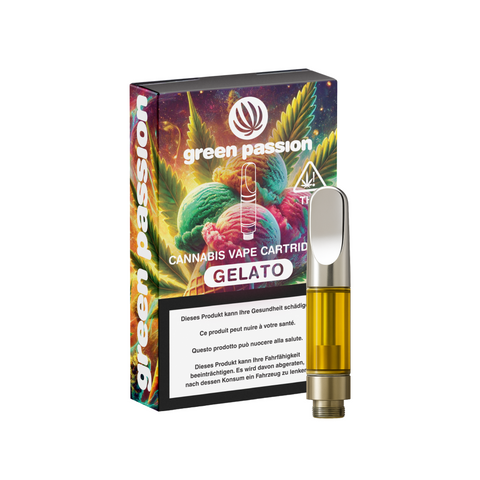
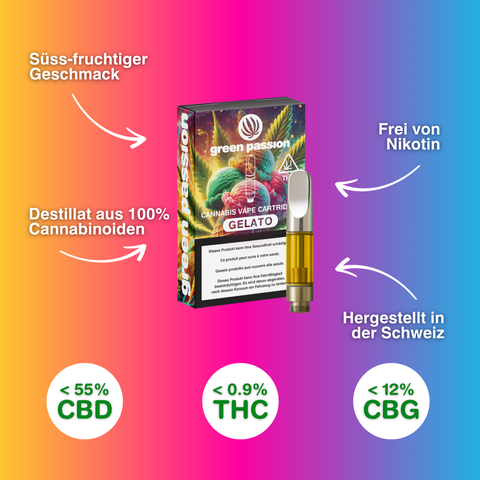
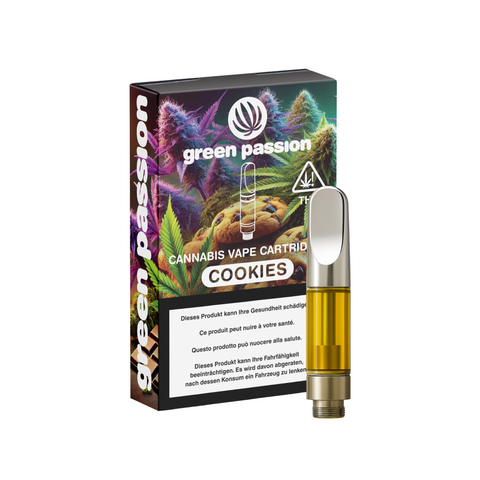
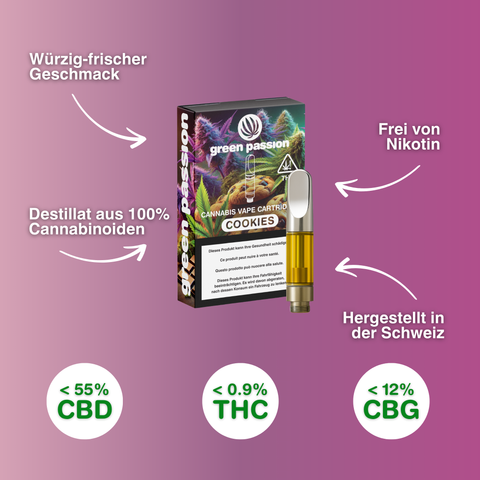
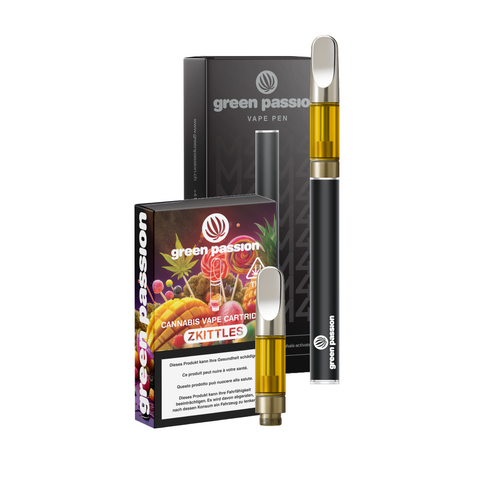
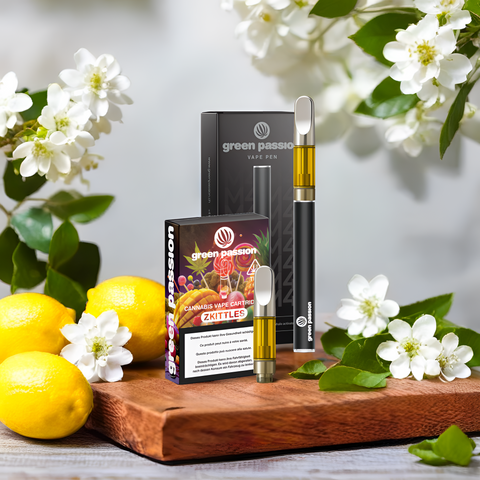


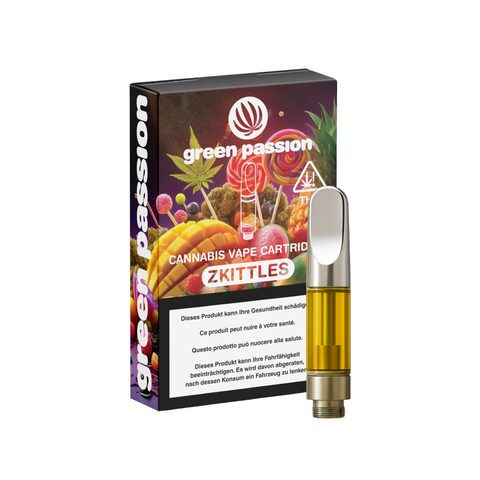
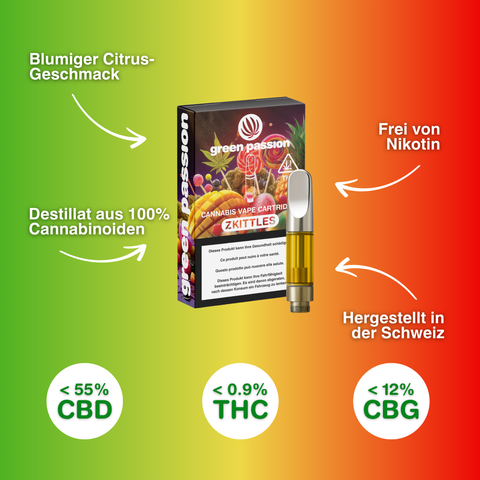
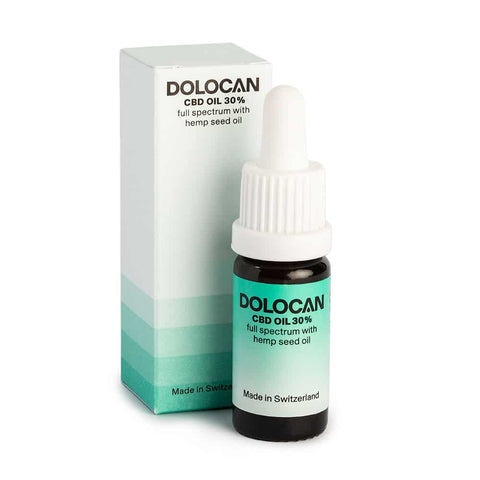
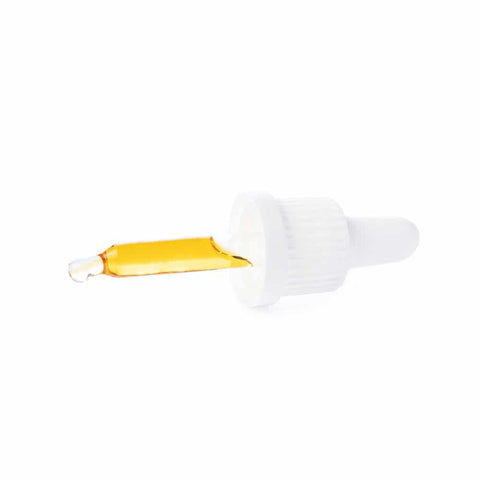
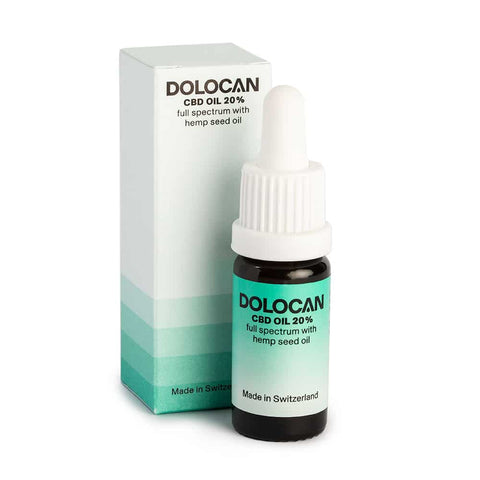
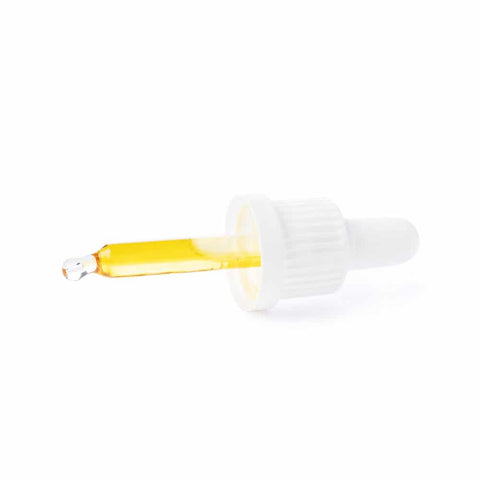

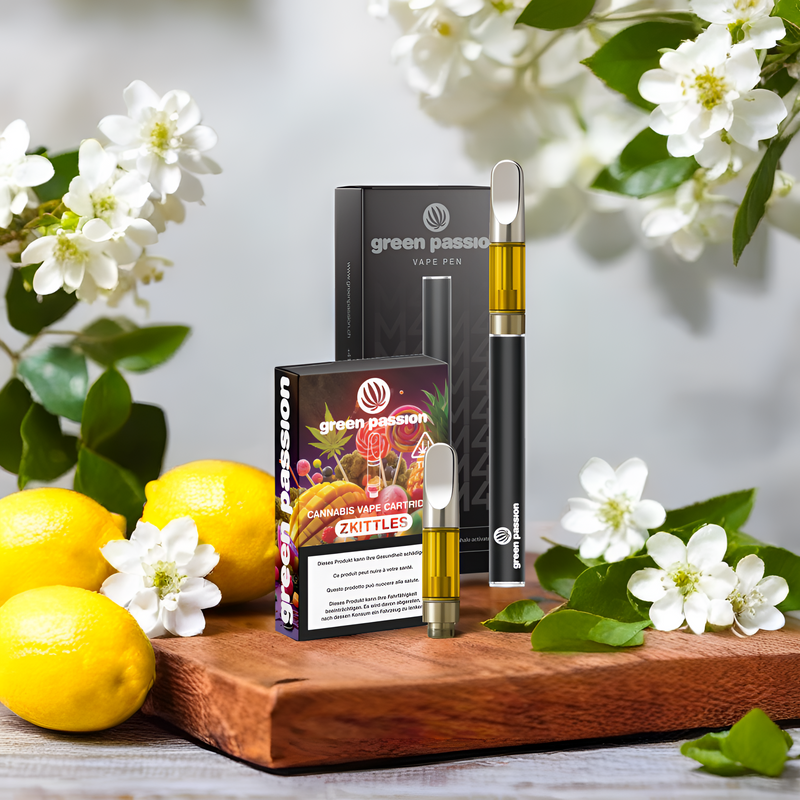
Comments (0)
There are no comments for this article. Be the first one to leave a message!